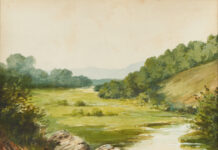Once considered a medium best suited to amateur artists or preliminary sketches, watercolor painting developed into a significant force in American art during the second half of the 19th century. By the turn of the century, watercolor painting had reached such a high level of popularity that many critics proclaimed it the “American Medium.”
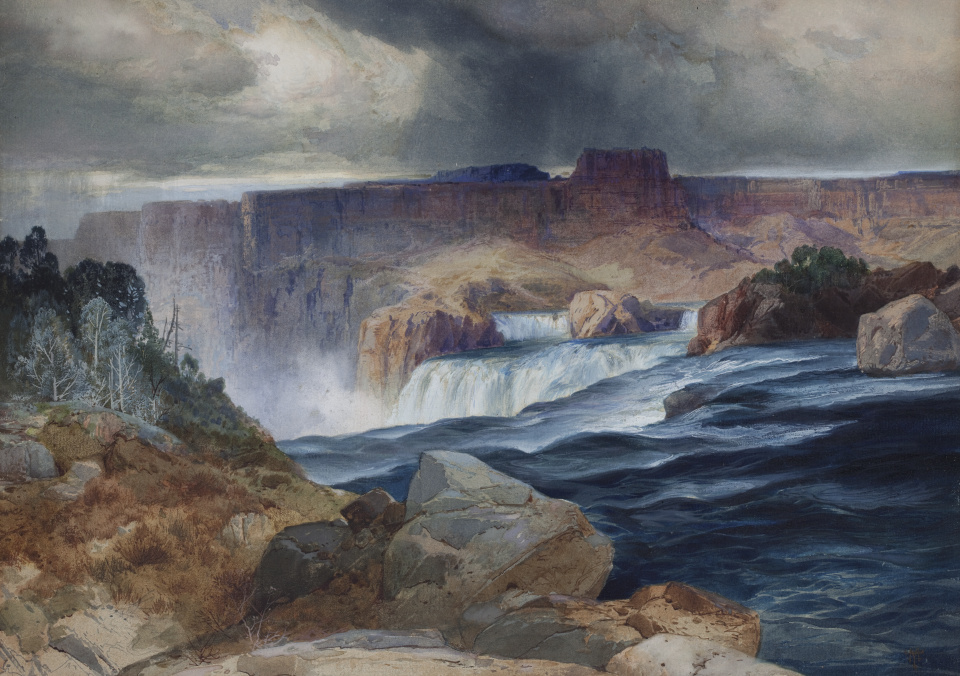
Working in a wide range of styles and motifs, amateur and professional artists produced watercolors of technical brilliance and captivating beauty that pushed the boundaries of the medium and positioned watercolor at the leading edges of American art.
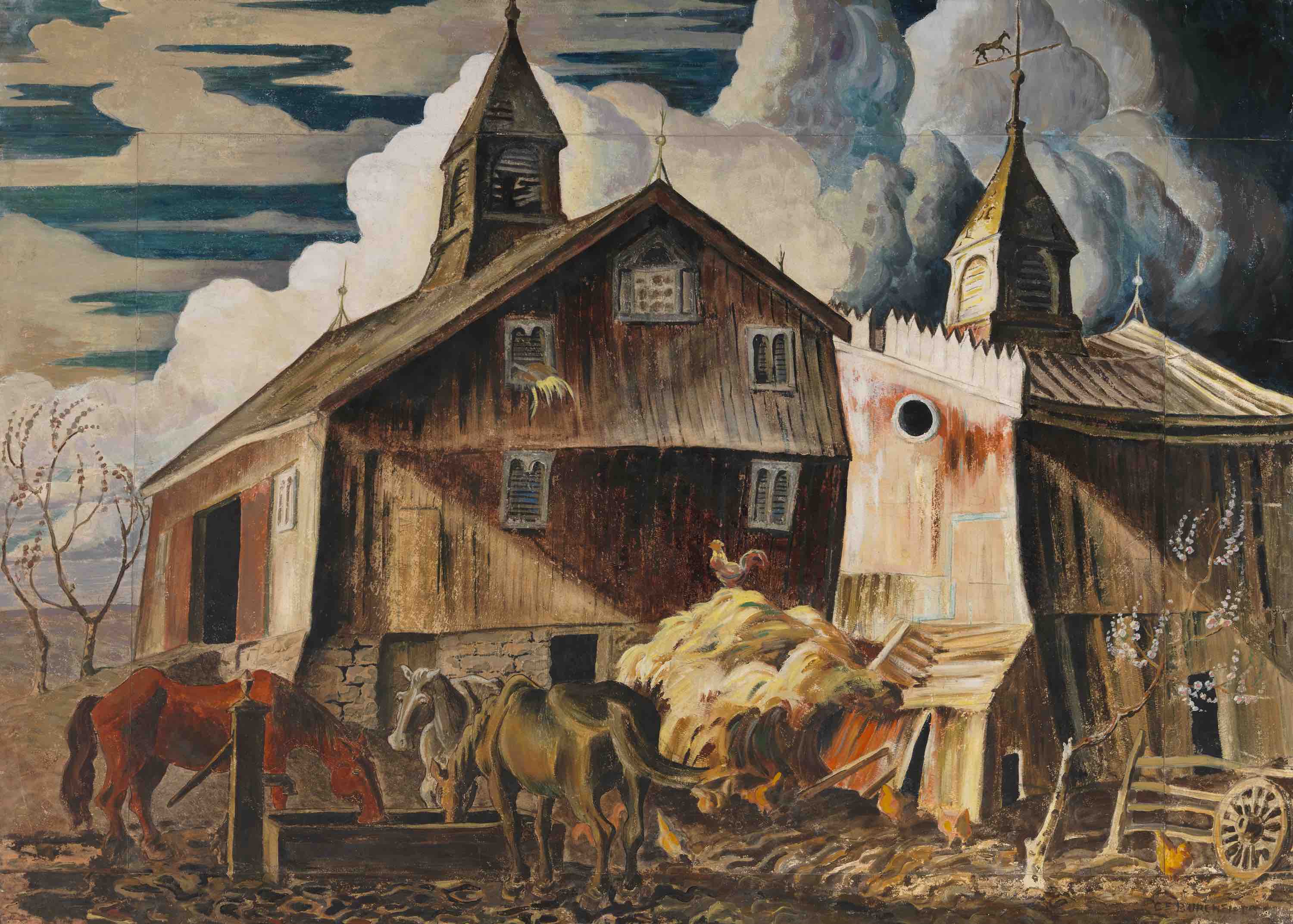
Many artists who achieved great fame for their paintings in oil such as John Singer Sargent, Thomas Moran, and John La Farge also devoted considerable attention to watercolors, producing some of their most spectacular and enduring efforts within this medium. Through the twentieth century, leading artists like Charles Demuth, John Marin, Maurice Prendergast, and Marguerite Zorach continued to embrace watercolor, which played a pivotal role in the progress of American modernism.
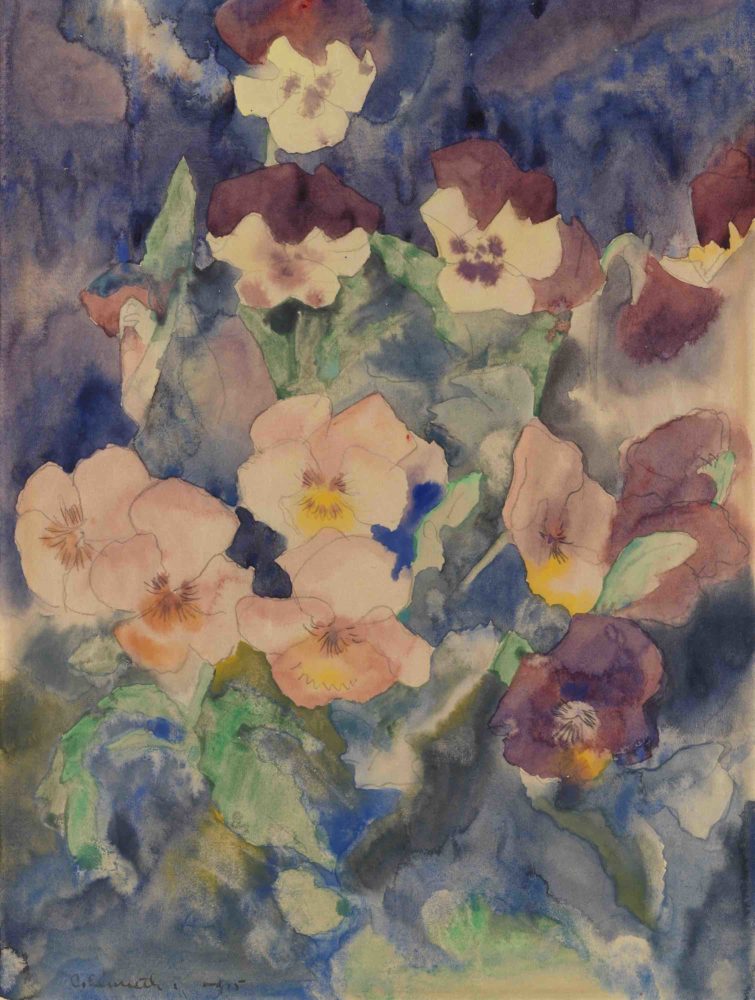
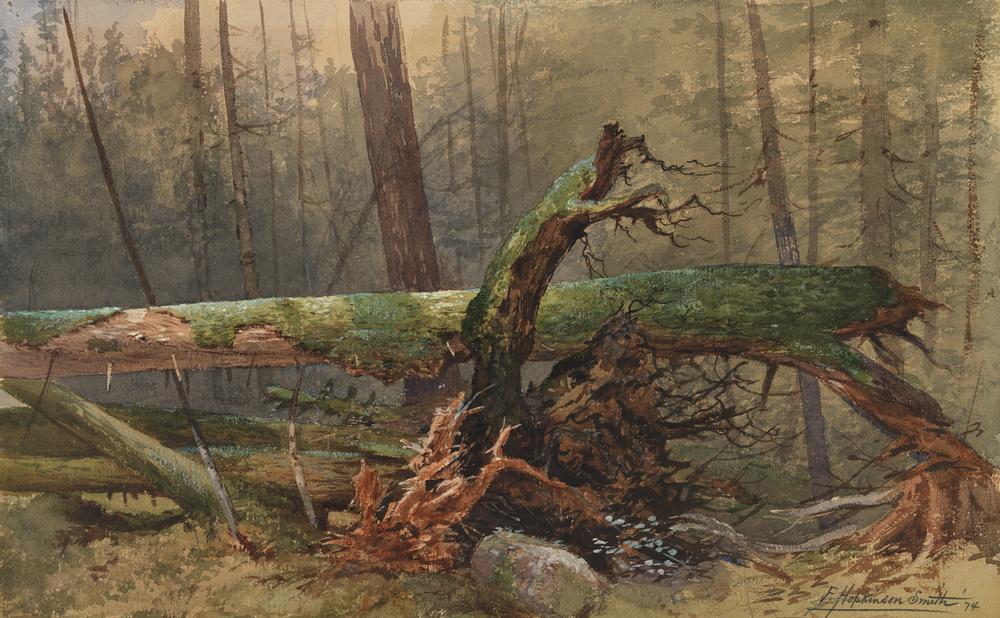
Perhaps most famous today for designing the base for the Statue of Liberty, successful civil engineer and author Francis “Hop” Smith was also an accomplished watercolorist whose faithful approach to landscape resembled that of the American Pre-Raphaelites. He found his subject matter in the White Mountains of New Hampshire, where he made regular summer sketching excursions. Smith’s pictures of trees earned him special praise from contemporary critics who admired his portrait-like, noble characterizations of these old forest dwellers.
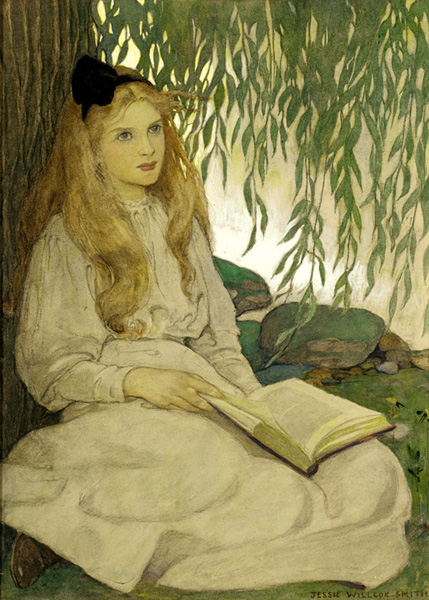
Another artist making use of watercolor at the time was Jessie Willcox Smith, an accomplished illustrator of children’s books. She worked with the influential illustrator Howard Pyle at the Drexel Institute. His romantic imagination, rich coloring, and inventive sense of composition influenced Smith, who went on to develop a more delicate and fanciful manner of her own. Smith produced several suites of well-known illustrations for Robert Louis Stevenson’s “Child’s Garden of Verses” (1914) and Charles Kingsley’s “Water Babies” (1916), both of which became classics of the genre. “With Thoughtful Eyes” is the sixth of seven illustrations for The Seven Ages of Childhood (1909) by Carolyn Wells, which shows the progression of the child from infancy to young motherhood. Smith’s work usually appeared first as black and white images in popular magazines such as “Ladies’ Home Journal” and “Good Housekeeping,” and only later as full-color reproductions in children’s books.
For more inspiring stories like this one, sign up for our free weekly e-newsletter.



